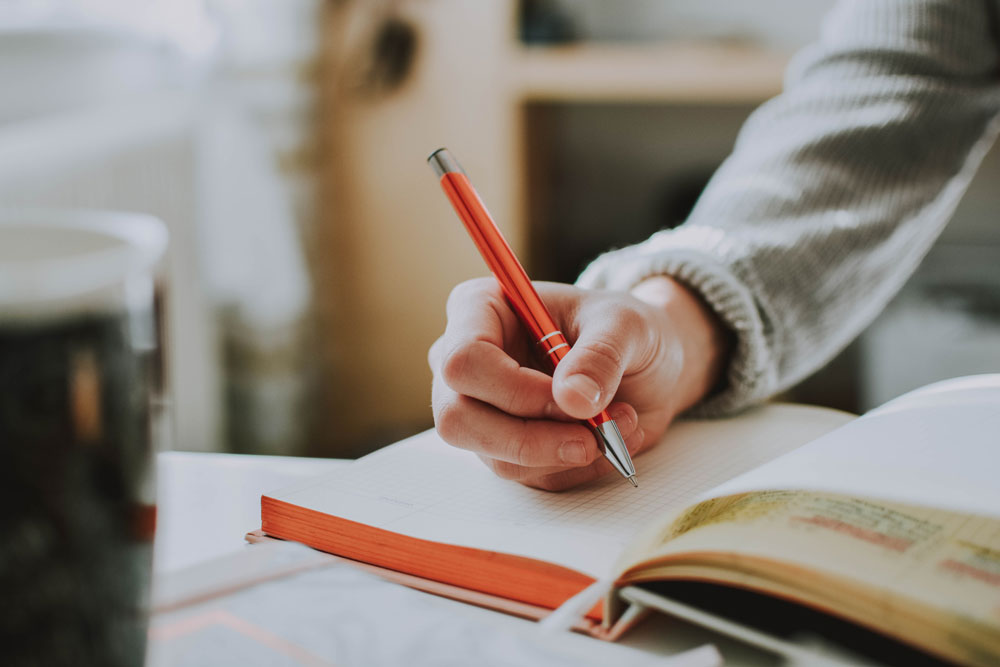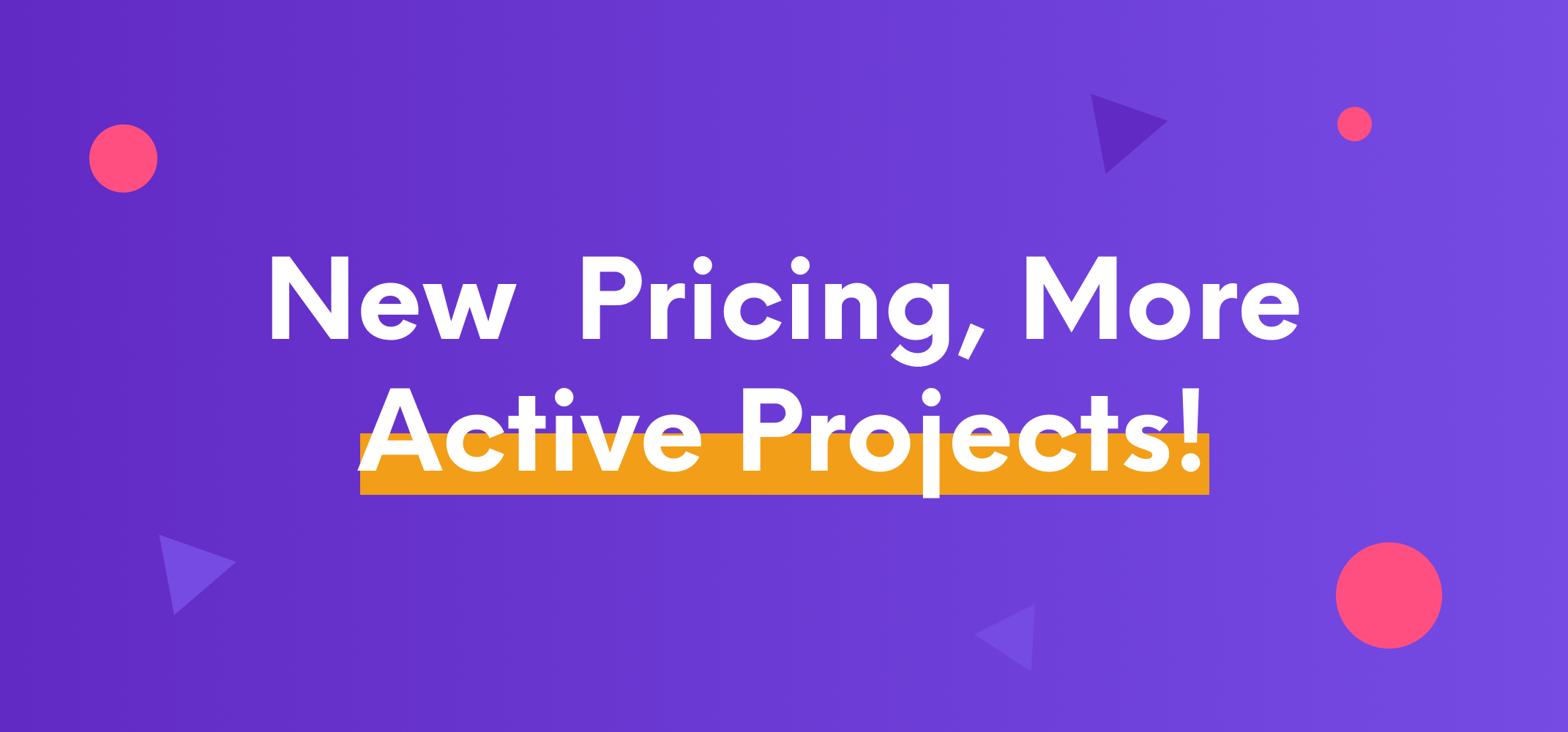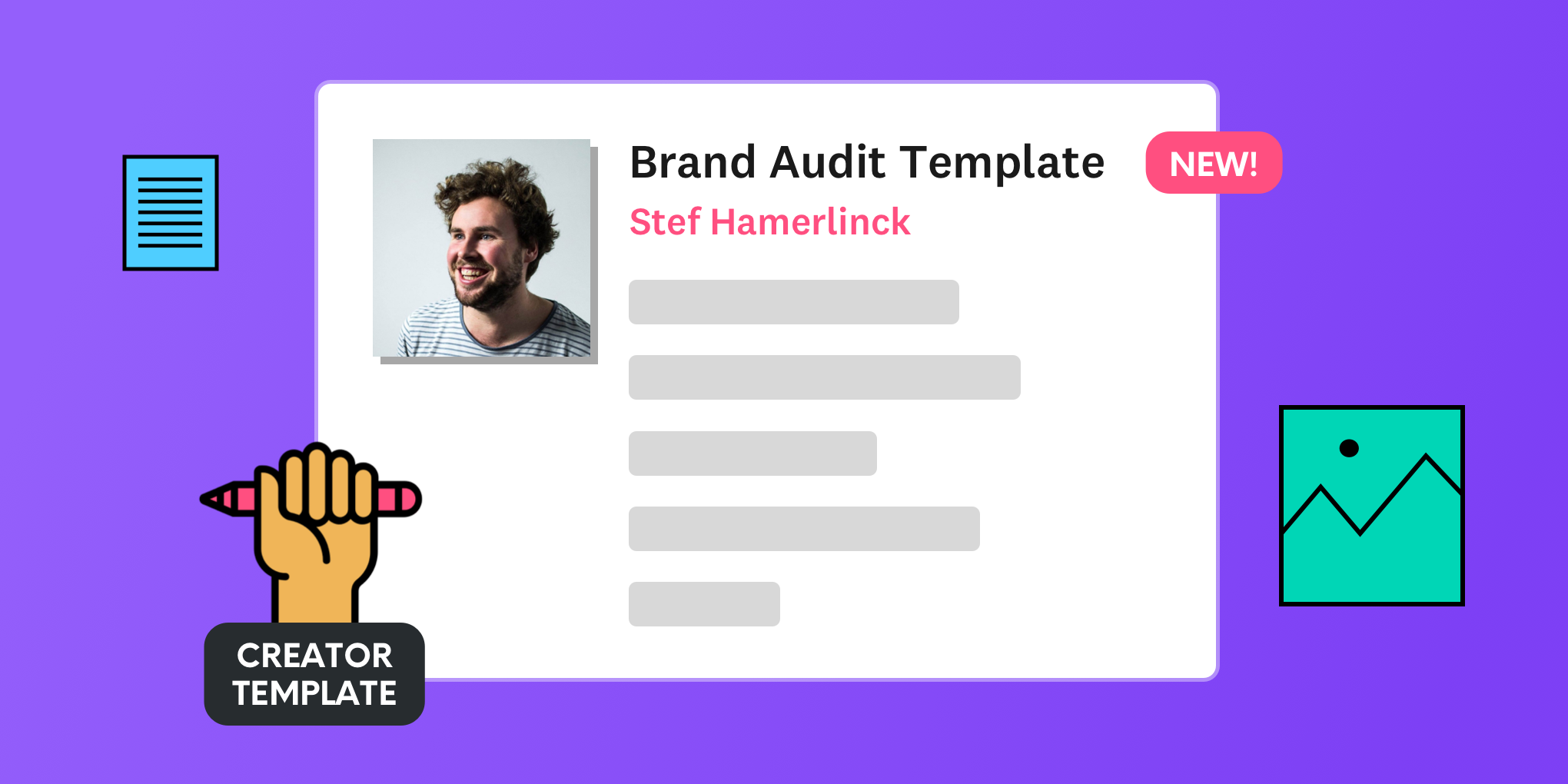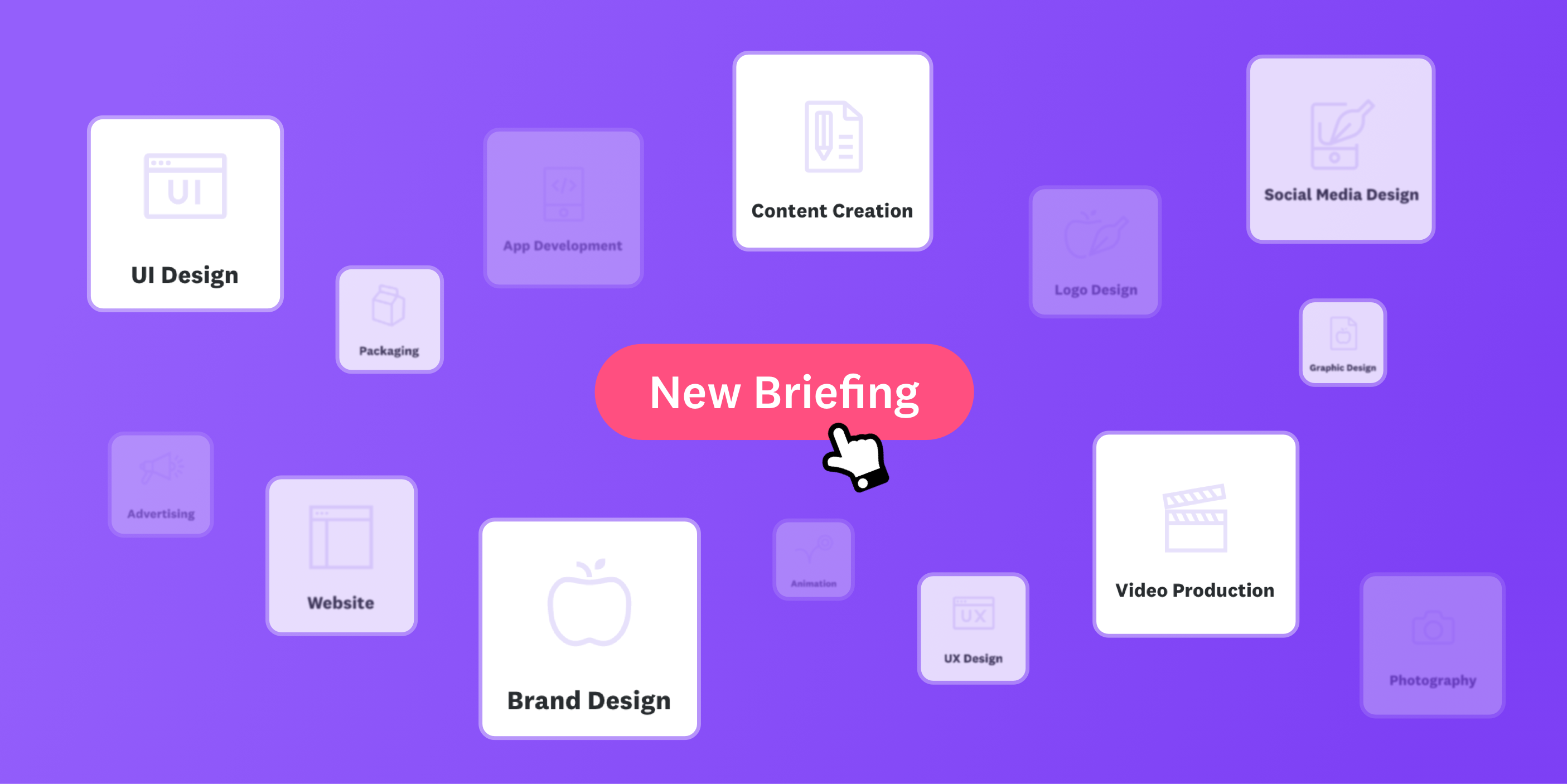This is Part II of a two-part article. If you have not read Part I, you can read it here.
How busy were you last week? Were you juggling several projects, balancing personal obligations and a day job, and attempting to make space for the countless other responsibilities you have? If you were to look at the hours spent working on projects or at your day job compared to how much time you created for yourself, would you be shocked?
If you are like me, you may have noticed a stark contrast in the amount of time you create for others (clients, family, and friends), and the amount of time you create for yourself to pursue personal projects, learn a new skill, exercise, go on a spontaneous adventure, spend quality time with a loved one, or simply do nothing.
As creatives, we are much more likely to spiral into burnout when we don’t create space to recharge, reflect, and be present. We are forced to operate at a breakneck pace in order to keep up with little to no time to catch our breath and recalibrate, leaving us to continue operating without truly being aware of how we are spending our time.
In Part I of this article, I shared how being playful and patient can help us recharge and prepare us for future endeavors. In Part II, I will share two more ways you can balance the demands of life, prioritize your health and be more creative without succumbing to burnout.
Be Present
One of the most practical ways to prevent burnout is to monitor how you are spending your time. Finding ways to practice awareness allows you to become aware of factors that could be affecting your health and make adjustments as needed. Here are three ways you can practice being present.
Write daily
I’ve shared this before, but one of the most valuable investments you can make in yourself is to spend time in free-flow writing every day. Writing is an opportunity to clear your mind, reflect on past successes and failures, monitor progress on goals, and set the tone for the day. With writing, you can start each day in a reflective and proactive state — rather than reacting to things as they come — focused on your vision for the future.
As little as 5-10 minutes of free-form writing per day is enough to share what you are grateful for, the goals you want to achieve in the coming months, reflect on past experiences, or plan for the future. It also gives you a consistent space to routinely check in with yourself on how you are balancing life demands and spending your time. I’ve found that when I don’t create space to write, I am more likely to burn out, because I am not reflecting on how I am spending my time and what I can do to maintain balance in my work and life.

Monitor what you consume
This is an area often overlooked when it comes to the conversation around burnout. Most five-bullet articles are centered around delegating and taking time off, but few mention how influential the material you consume can be to your overall health. Of course, eating well and exercising are part of this, but something as simple as controlling your intake of information, such as the news, social media, or even books or podcasts can go a long way towards helping you balance your mental health.
In January, I made a goal to read 50 books before the end of the year. While it was (and, I think, still is) a good goal to have, it ended up being a hinderance to my creativity when left unchecked. At any given point, I was reading or listening to some type of business book or piece on productivity, enough that, after a certain point, I stopped retaining the information I was consuming. I was taking in so much information (and neglecting to act upon that new information) that it began to prevent my mind from wandering freely and developing new creative ideas. I didn’t give myself a chance to reflect on the material, allow my mind to create new connections, or recharge before moving to the next item. Since then, I have balanced reading with reflection (and a lot of doing nothing in my spare moments, instead of attempting to fill them), and have felt more energized creatively than ever.
Taking a break from reading the news or scrolling social media endlessly, even for extended periods of time, can allow your mind to recharge and get back into a prime state of productivity and creativity. Even going as far as deleting nearly every app on your phone can be incredibly rejuvenating.
Spend time in community
Making space to spend time with others is another area I often overlook in my routine. It can be easy to spend time working in isolation for days on end, but I’m reminded of how refreshed I feel after having a good conversation over coffee with a friend. I’ve found it immensely helpful to set a recurring meeting with one or two friends or colleagues who are in a similar space or a decade or two ahead of you, whom you can bounce ideas off of, share what you’ve been working on, and ask for advice.
Talking with others also allows your mind to make new connections and approach problems differently. Engaging in a good conversation provides another opportunity for you to be present and gain a new perspective. I know that I often feel inspired to get back to working on a project I’ve had on pause or try something new after talking with a friend who pushes me to improve in every area of my life. If it’s been some time since you’ve spent time in community, take a moment to text or email someone you’ve been meaning to connect with and set up a meeting today — you’ll be glad you did.
Be Proactive
We’ve talked about being playful, being patient, and being present. Now, we are going to get into another crucial piece of preventing burnout and living a balanced, healthy life: being proactive. Approaching life passively and taking things as they come will only take us so far. Taking deliberate action towards finding a better work/life balance can be a game changer.
Set boundaries
This is an area that I know many of us struggle with, especially for those of us who are self-employed or who freelance on the side. Since work and life tend to blend together for us more than in most professions, it’s even more crucial to draw hard boundaries around the way we should be spending our time.
As shared by Cal Newport in his book Deep Work, establishing a set quitting time each day (he recommends 5:30pm for those of us who only work a full-time job) and shut-down ritual allows your mind to shift away from work and start recharging for the next day. This ritual can include looking at your task management system or calendar and making quick plans for the next day or two if you haven’t already, powering down your laptop, and putting it away until the next day. It can be easy to keep working until you completely deplete yourself of energy, but having a set time to work towards each day will give you an incentive to be more efficient with your time, permission to stop working when the day is done, and enable you to approach the next day with fresh energy.
Next, saying “no” by default is another extremely simple and effective way to prevent work from taking over other areas of your life. As Paul Jarvis says, “It’s either a hell yeah or no.” Your default response to any new demand should be a “no” unless it’s something you are truly excited about. This will allow your schedule to remain open and free for more important opportunities and provide the space to take time off when you need to without running yourself into the ground.
Taking time off is another area that many people struggle with. Many of us will work until we are forced to take a day off, either because we are completely burned out or feel blocked creatively, but
creating regular time to put work away and do nothing comes with huge returns.
Taking a break from technology, spending time outside and in nature, and putting your responsibilities on hold for a short time, can go a long way to restoring your creativity and energy.
As seanwes writes in his blog, sabbatical.blog, a sabbatical is setting a predetermined time period (for him, it’s every seventh full week of the year or fourth weekend of the month off, depending on your job) to have zero plans. You are not allowed to fill this space with any plans ahead of time. I have been taking a sabbatical weekend the last weekend of every month off, and it has helped me recharge far more than I expected. When possible, I turn off my phone and leave it at home when I leave for the day. Taking time to step away from work completely, instead of allowing it to bleed into your weekend, can go a long way towards allowing you to live your healthiest life.

Plan ahead
Another crucial way to prevent becoming overwhelmed is to continually plan ahead. As David Allen shares in his book, Getting Things Done, having a weekly review to assess how you are progressing on projects, add new ones, and refocus on your long-term goals allows you to put your energy towards what’s most important and make adjustments to your schedule as needed.
Some creatives I know are incredibly talented and are able to land interesting projects, but fail to plan out their projects or their schedules ahead of time, leading to frustrated clients and long days as they work to catch up on their tasks. Use Friday afternoons to plan the next week and assess your workload. Not only will you be aware of the projects you have coming your way, you can also go into the weekend with a clear mind, since everything is already planned for the week, allowing you to disconnect and fully recharge.
Practice deliberately
As Christoph Niemann shares in his talk for 99U, one of the best ways to combat stress, anxiety, and overwhelm, is to practice deliberately. The creative industry is continually changing, and we need to keep our skills sharp and ever-evolving, adding to our arsenal of skills regularly. The industry as we see it today could be completely different in a short amount of time, and it’s our responsibility to stay ahead of the curve so we don’t fall behind.
There is a difference between doing the work you would typically perform on any given day and being deliberate about areas that need improvement in order to further your creative abilities. According to seanwes, there are four steps to practicing deliberately:
- Study your work
- Identify an area in need of improvement
- Practice focused areas to refine
- Repeat
One excellent example of dedicated, deliberate practice is Jiro Ono, featured in the documentary Jiro Dreams of Sushi. He has dedicated his life to perfecting the art of making sushi and demands the same care and attention to detail from his apprentices. He breaks down the process into its most elemental forms, from how to wring a towel to how to properly cut the fish. Even at 95 years old, he is still holds intense dedication to his craft.
Practicing with regularity also allows us to do better work and have more original ideas at a moment’s notice. When we have a new project that requires new thinking, or we encounter a unique problem, we need to have already invested time into our practice so we can quickly meet those demands. Being prepared will allow us to charge ahead with more vigor without getting derailed.
Christoph shares that inspiration cannot be planned. Being regularly inspired comes through frequent practice. “It’s not about the ‘aha’ moment, which cannot be planned or forced, it’s about creating an environment in which it can happen.”
We’ve covered a lot of ground on how to prevent burnout and live a balanced life, so let’s recap.
Here are four ways to prevent burnout:
- Be playful
- Be patient
- Be present
- Be proactive
Spending time in each of these areas will allow you to live a life that is full, filled with creativity and inspiration, and still give you time for the more important things in life.
What practices do you have in place to prevent burnout? Let us know in the comments below.







